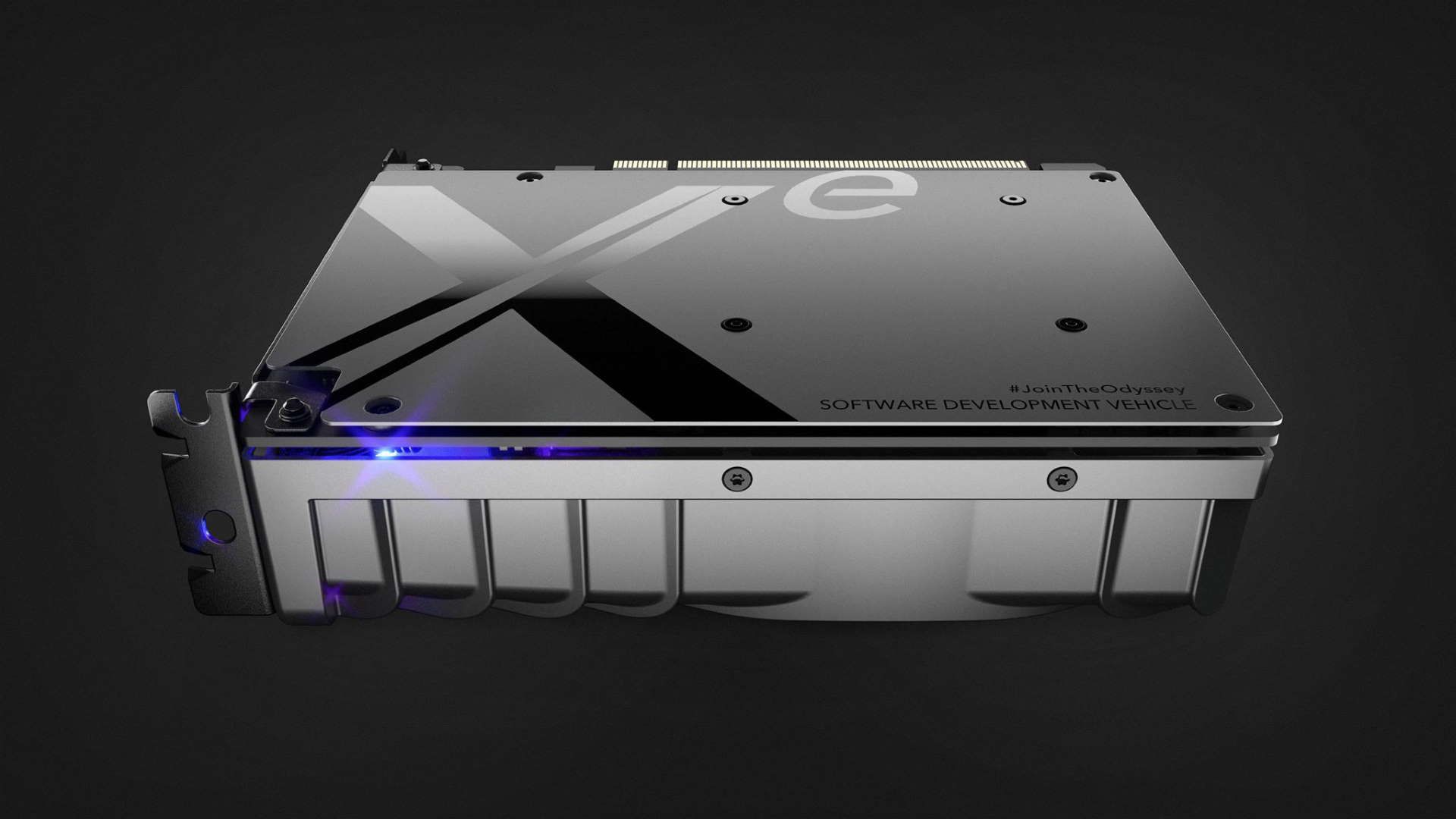Announced in August 2019 with a synthetic teaser that read "set our graphics free", the line of Intel Xe GPU is preparing to challenge the consumer market. Between rumors and after appearing on some benchmarks, the first "discreet" graphics card was shown to the public for the first time during the last CES 2020. Analysts and industry experts predict the arrival of the line of graphic accelerators by Xe by next summer and they say they are sure that manufacturers and developers are already in possession of working models.
The goal of the colossus of Santa Clara seems to be to attack the middle range of the market, already heavily occupied by rivals NVIDIA is AMD (which in the meantime will not be watching), with a good hardware and low costs. By analyzing hypotheses and certainties we will try to take stock of the situation, trying to outline the characteristics of this new project.
Intel Xe: Architecture and Specifications

Intel has announced three distinct microarchitectures for the Xe GPU family that will allow, thanks to a particular propensity to scalability, to occupy different market segments. The graphics chips, called Xe-LP, Xe-HP is Xe-HPC, will in fact cover the entry-level, enthusiast and High-Performance Computing (server) segments respectively. The first GPU climbed to the headlines, codenamed DG1, belongs to the Xe-LP series and should represent integrated and low-end solutions, with a design presumably built on the same blocks of architecture Ice Lake Jan11: Gregory Bryant of Intel has previously confirmed that the first discrete cards would be born on the model of IP already existing.
The ECC registers then offer an overview of the specifications of the DG1 chip, probably defining the presence of 96 EU (execution unit), with a construction model that, according to the analysis of the blocks, recalls the arrangement of the famous AMD RDNA. After all, the development of Intel video cards is led by Raja Koduri, previously head of the Radeon Technology Group.

As for the medium and high range, the category should instead be represented by GP2 DG2 of the Xe-HP and Xe-HPC family: in this case the information is really scarce but from the analysis of an internal driver that emerged on the net a few months ago, it would seem that Intel is aiming to produce three different graphics cards respectively with 128 EU, 256 EU and finally 512 EU, also with an architecture that could be similar to what was seen on RDNA.
An entry with a straight leg?


In terms of performance, the material on the Intel Xe GPUs is reduced to a minimum. However, a user-discovered benchmark _rogame related to the entry level GPU Xe DG1 showed superior performance to that of a Ryzen 7 4800U (with integrated graphics). Considering that the new AMD Mobile CPU can count on 512 stream processors and 8 computing units, in addition to the 7 nanometer production process, the data give hope, especially for solutions with dedicated graphics of medium and high end. Analyzing the data that emerged over the past few months, some hypotheses on the medium-high-end DG2 chips can be risked: the Intel Xe card with 128 Eu could be able to rival a NVIDIA GTX 1650, leaving Intel Xe 256 Eu to compete between the RTX 2060 and the RTX 2060 Super, to finish with the Intel Xe 512 Eu working on the front of the RTX 2080 (according to some calculations with a clock frequency of 1.7 GHz the performance of the latter could even touch the heights of an RTX 2080 Ti …). Obviously, much will depend on the clock frequencies of the various solutions proposed by Intel, as well as on the TDP and related heat management.

From the point of view of the features we know something more: the Intel Xe GPUs they will natively support Adaptive Sync, ensuring greater fluidity for compatible monitors.
The latest internal drivers discovered by the network also highlighted the possible support for Ray Tracing, next-gen feature par excellence, even if at the moment it is not possible to establish in which models it will be enabled and above all if it will be managed via software or through dedicated cores. Finally, Intel is also working on multi-GPU support, a feature that could guarantee a huge advantage in terms of power thanks to the shared management of the workload between CPU and GPU, maximizing the performance of integrated and low-end solutions.
A date and a price

The launch date of the first series of Intel Xe graphics cards still remains a mystery. According to analysts and data, the clues published over time by Raja Koduri, the GPUs of the Santa Clara company could arrive by the first half of 2020 and more precisely in June of this year. Bob Swan, CEO of Intel, has confirmed that the Xe DG1 GPUs have completed the test phase and have been registered on the EEC database. The cards destined for the high-end and servers should instead follow during 2021.
As for prices, Intel's proposal is expected to leverage a noteworthy quality / price ratio: the less performing models should start around $ 200 while the gaming and enthusiast proposals could be between 400 and 1000 dollars.

Intel's entry into the world of video cards marks a crucial moment for the future of the hardware market and for the development of gaming-related technologies. If the proposal by the Californian giant were to find fertile ground, AMD and NVIDIA would be forced to respond not only in terms of performance but also in terms of prices.
Obviously it is still too early to outline a possible scenario but dreaming how in the times when 3DFX, Matrox, ATI and the nascent NVIDIA competed with silicon shots it costs nothing.
















